Practical Advice For Beginning Writers by Romance Author MC Domovitch
I have a confession to make. I am an addict. I’m addicted to makeover television shows. I am hooked on all of them—the decorating shows, the house makeovers and even the renovating shows. In fact, I was a fan of This Old House back when none of my girlfriends had ever heard of it, and when Kathy Lee and Hoda have a makeover, transforming a plain woman into a gorgeous beauty, and her whole family just about faints when she appears,
Before I
go any further, let me share a bit of my writing journey with you. For as long
as I can remember I always wanted to be a writer. I wrote my two first novels
when I still had a nine to five job. From there I began a long series of
queries which ultimately resulted in enough rejection slips to wallpaper a
small room. But rather than discourage me, with each rejection I felt closer to
my goal. One in particular, I remember, gave me hope. This agent wrote, ‘I
first read your manuscript on a Friday night train ride home and was very
excited. After rereading it some weeks later, however, I felt that the
manuscript had flaws.’
I know
what you’re thinking—yes, this was just another rejection letter, but all I
heard was that an agent had been excited when she first read it. As far as I
was concerned, of course she wouldn’t have been as excited after reading it a
second time. She already knew what would happen. There were no more surprises,
so of course all she would notice were the flaws. I continued writing…and
submitting…and being rejected. But eventually I did find an agent and now I
have not one, but six books published by traditional publishers and another
three which I self-published. My two most recent self-published projects are Scar
Tissue and Scorpio’s Kiss.
One of
the most painful processes in writing a book is the editing. For example, with
the manuscript of Scorpio’s Kiss my editor pointed out a number of problems;
weak points in the pot, characters whose roles were unclear, and some writing
habits that were just old fashioned. When I got the first round of edits—yes
folks, there are more than one—called the content edits, I was floored. What
does she mean those scenes don’t propel the plot forward? Some of them are
among my favorite. I couldn’t just cut them out. And—what!—get rid of that
character? But so many scenes revolve around her.
After
thinking about these points for a few days, I came up with solutions. I would
still have to rewrite many of the scenes, but at least I wouldn’t have to chuck
out large portions of the book. Also, I found a way to tie in those great
scenes that she had pointed out as unnecessary and make them an integral part
of the story. For the next few weeks I rewrote and then sent the new version
down. I didn’t have to wait very long until she wrote back with another series
of rewrites, this time, what she called line edits. These consisted mainly of
chopping out unnecessary words, or changing a sentence here or there. But she
also mentioned that she was thrilled with the changes I’d made so far. Yay!
Here’s
the thing, originally I probably felt like many of those before-and-after
subjects—a bit miffed that somebody thought my novel wasn’t already perfect.
Much as I hate to admit it, my editor was so, so right. Those editors know what
they’re doing. After the second round of edits, (There was still another to go,
just to make sure every little thing was caught before going to print) I can
honestly say that my novel was improved beyond belief. I found myself rereading
sections of it and thinking, wow, this is good. This is really good. I didn’t
know I could write so well.
So… what
were those tips my editor gave me that helped so much?
1. Get
rid of chunks of back story. Instead integrate it by little bits throughout the
novel, only when it’s necessary. That way the story gets to the action much
sooner.
2. Get
rid of as many ‘he said’ and ‘she said’ as you can. The dialogue will flow more
smoothly.
3. Go
through your manuscript and pluck out the word “that” wherever you can. Your
writing will sound better. For example, change “she was certain that I would
follow,” to “she was certain I would follow.”
The moral
of this is it’s easy for us writers to get down on ourselves and our writing.
(Did you notice I didn’t have a ‘that’ between ‘this is’ and ‘it’s’?) A
rejection letter often feels worse than a bad breakup. What we have to remember
is that it doesn’t mean we are talentless. Our writing, our voice, just needs
to be tweaked. We authors have to work at it and nurture it until it shines,
until it is ready for its “after” shot.
About the Author
Monique
Domovitch has had many careers, starting with being one of Canada’s top models. When she retired from modeling she moved on
to a career in the financial services as an adviser and planner, specializing
in helping women attain financial freedom. During those years, she was also one
of the first women in Canada to host her own national financial television show. During
all those years, Monique’s dream was always to someday become a writer. Ten
years ago, Monique attended a writer’s conference where the first line of one
of her novels was read out loud in a workshop, attracting the attention of a publisher
and an agent.
Since
that life-changing conference, Monique Domovitch has published nine books, four
with Penguin using the pen name Carol Ann Martin, two with Harlequin using her
own name, and another two with Lansen Publishing. Scorpio’s
Kiss was previously published as two novels, Scorpio Rising and The
Sting of the Scorpio. Scar Tissue, her latest, is her ninth novel
and she is hard at work on her tenth.
A great believer in the energizing
power of writers’ conferences, she says that if not for that first conference
she attended, she would not be published today.
For More Information


































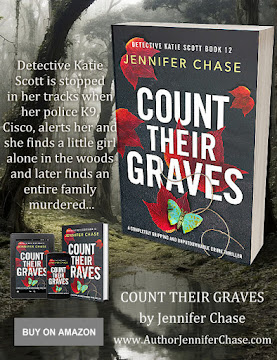






























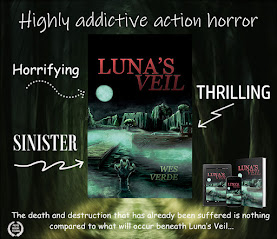
















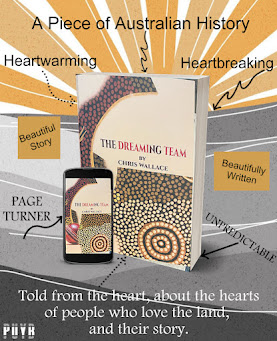




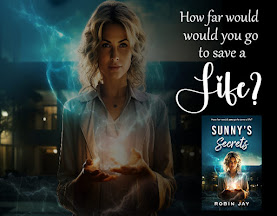















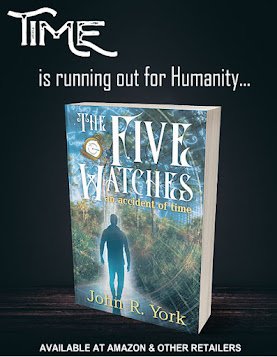

















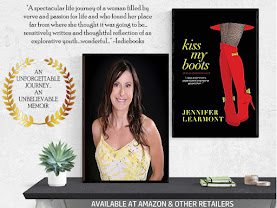




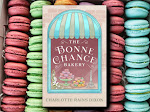
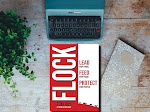


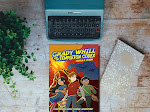








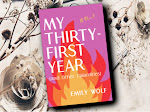



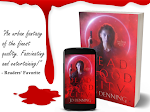


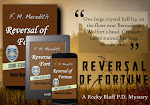









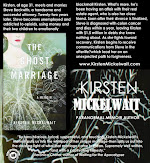




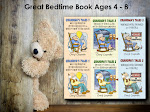

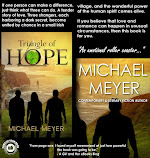
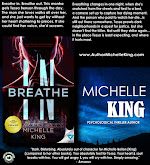
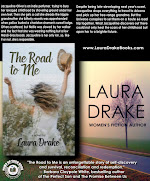


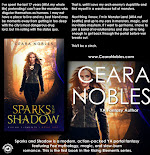
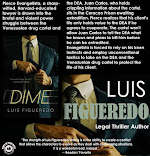







































Leave a Comment